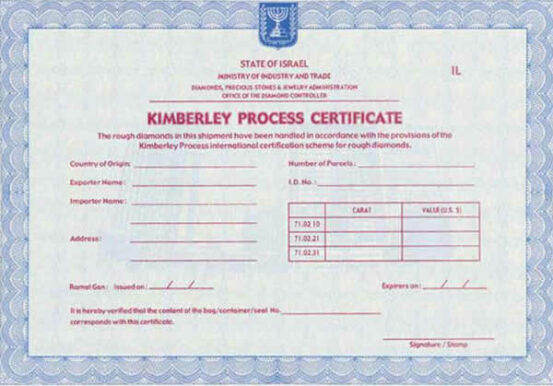As diamond market participants are well aware, the central aim of the Kimberley Process Certification Scheme (KPCS) is to curb trade in conflict diamonds. While member countries have done much to achieve that goal in the past decade, critics have recently started to raise the question of whether they’re doing enough.
That question is one of the issues set to be addressed at the KPCS’ 2013 plenary meeting, scheduled to take place from November 19 to 22.
What is the KPCS?
Though this year is being touted as the 10-year anniversary of the KPCS, the initiative’s website states that in fact it was initially discussed in the spring of 2000, when Southern African diamond-producing states met in Kimberley, South Africa, to talk about how to stop the trading of conflict diamonds. Their hope was that doing so would “ensure diamond purchases were not financing violence by rebel movements and their allies.”
Over the next two years, negotiations between governments, the international diamond industry and civil society organizations ultimately created the KPCS. By 2003, participating countries had begun to implement the rules it lays out, which include:
• implementing export, import and internal controls
• committing to transparency and the exchange of statistical data
• only trading with other participants who meet the minimum KPCS requirements
Currently, the KPCS has 54 participants that represent 81 countries. Together, they account for about 99.8 percent of global rough diamond production, as per the KPCS’ website.
